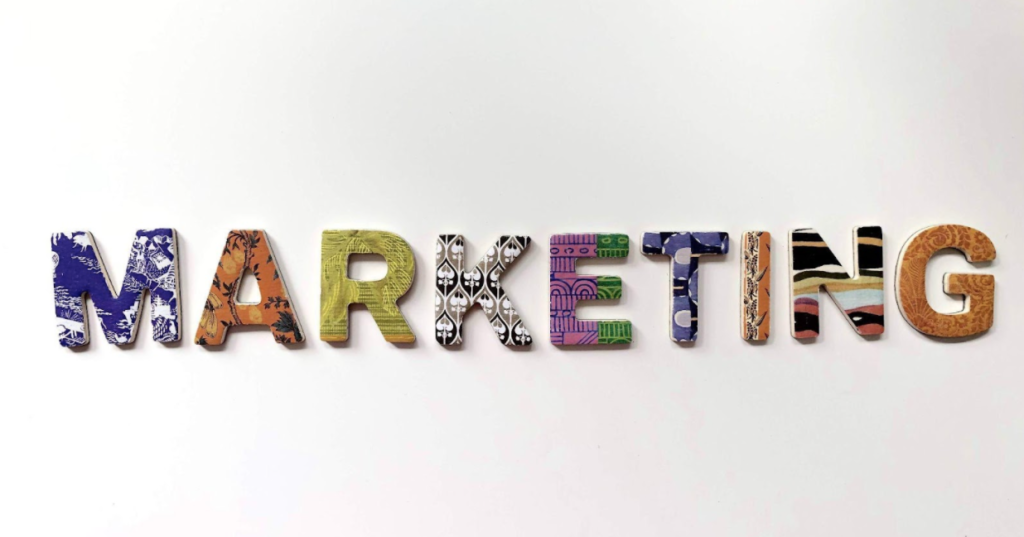Many people think that brochures are old-fashioned and ineffective for marketing. But they’ve never heard of the 10 ways to use brochure templates as part of your marketing strategy.
In this digital age, people are used to reading from a screen rather than from a piece of paper. But the basic idea of a brochure hasn’t changed in more than 100 years: it’s still a printed document with useful information about your business.

The key is understanding how to turn a brochure into something that will engage and impress people.
Here are 11 ways to use a brochure as part of your marketing strategy. Don’t hesitate to collaborate with a digital marketing agency in UK if you need help implementing any of these tips.
1) To get leads.
The first way to use a brochure is to collect business contacts, through either printed request forms or QR codes that will send people directly to the website with the requested information. You can also include follow-up cards so you can easily get back in touch with people who download the brochure.
2) To get into trade shows.
Brochures are perfect for any business that exhibit at a trade show or conference. You can use them to stand out from your competitors and draw people in, and they’ll be easy to distribute when you meet potential customers. You can also use them to get back in touch with people after you’ve had a chance to present the highlights of your business.
3) To give to potential clients.
Brochures can be used as part of a mailing campaign to send out special offers. It’s an easy way to introduce your business and give potential customers the information they need. This is a good way to build up your email list and start targeting people before you take any further steps.
4) To distribute at seminars and other events.
You can also use brochures to capture the attention of potential clients, by distributing them at appropriate venues–such as seminars or networking events. It’s another way to make sure your company spreads the word about what you have to offer.
5) To give customers updates on your business.
Brochures are a great way to keep existing customers in the loop, by providing them with relevant information about new products or services that may be of interest to them. You can also use them as part of a regular mail campaign so long as you include a return envelope and an incentive for the customer to reply, such as a free trial or sample of your product.
6) To provide ongoing information about your business.
You can also use brochures as part of more ongoing email marketing campaigns–such as supplying them on a regular basis with related articles that you publish in some form (electronic or print) on a regular basis. This is a good way to keep your business in front of potential customers when they’re not actively looking for it.
7) To cross-sell and up-sell existing clients.
If you already have an established customer base, you can use brochures to highlight related products or services that you offer so that you can up-sell and cross-sell to your customers. For example, if you’re selling computer software, you could include a brochure with related hardware such as printers.
8) To highlight a new product or service launch.
Finally, a great way to use a brochure is to help promote a new product or service that has just been launched. Your brochure can include all the relevant information about the product or service, and you can follow this up with additional promotions.
9) To highlight new areas of business.
You might also want to use a brochure to help establish your company in an entirely new area of business that it’s moving into. For example, you might want to use a brochure to highlight the fact that you’re now offering catering services.
10) To share your expertise in related fields.
You can also use brochures to help spread useful information about related areas of business, giving potential clients another reason to get in touch with you because they understand what else you can do for them. For example, you might want to offer related marketing services or share your experiences in related fields.
11) To provide information about your company.
Finally, one of the most common uses for brochures is simply to give potential clients all the relevant information they need about who you are and what you can do. You can include all sorts of basic information including your contact details, your location, and the types of businesses you work with.
One way to make brochures easier is to use Venngage — an online brochure maker that offers various brochure designs for everyone. Here are some brochure examples from their website!
